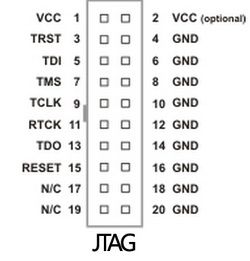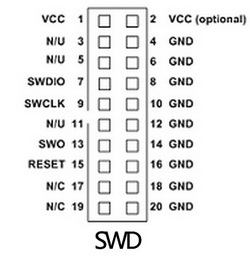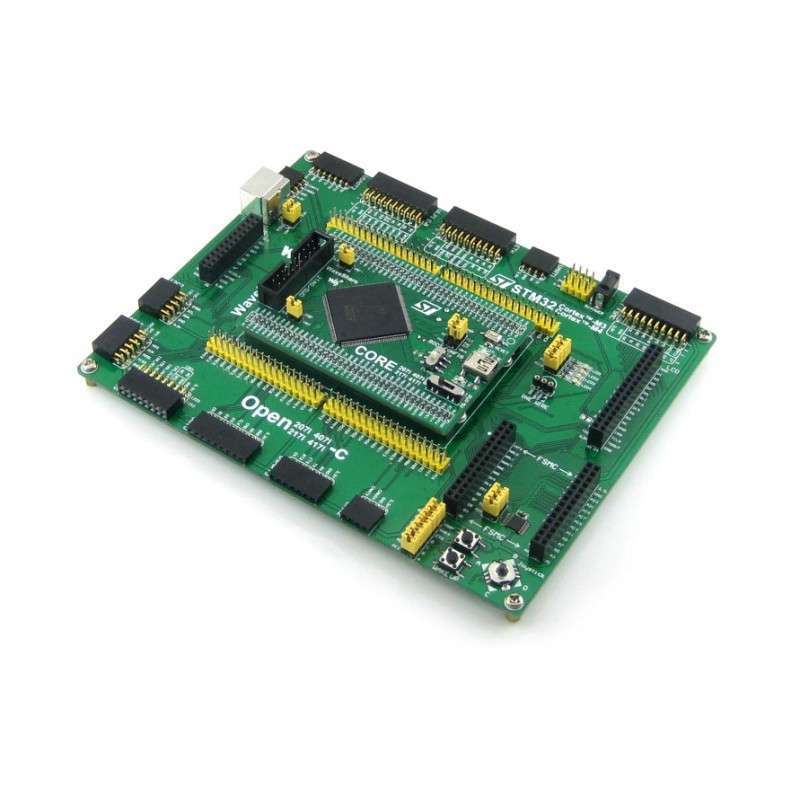

RLX COMPONENTS s.r.o. , Electronic Components Distributor.
RLX COMPONENTS s.r.o. , Electronic Components Distributor.
Open407I-C Standard, STM32F4 Development Board (WS-6485) for STM32F407 IGT6
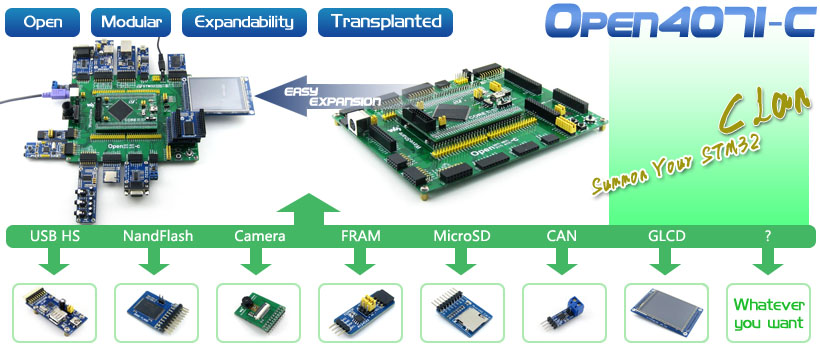
Open407I-C is an STM32 development board designed for the STM32F407IGT6 microcontroller, consists of the mother board and the MCU core board Core407I.
The Open407I-C supports further expansion with various optional accessory boards for specific application. The modular and open design makes it the ideal for starting application development with STM32F4 series microcontrollers.
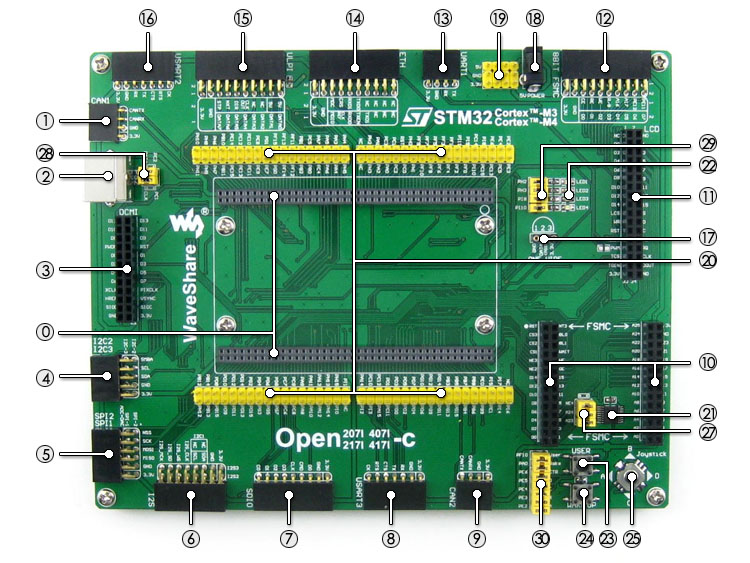
For jumpers 27-30:
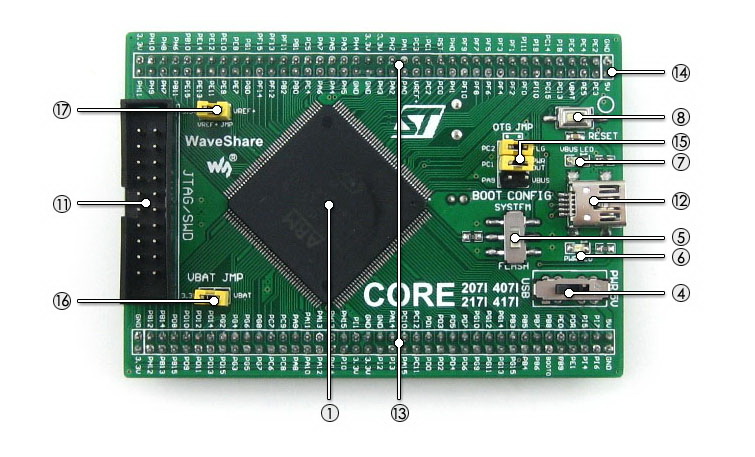
The figure 1, and 2 show the header pinouts of JTAG/SWD interface
